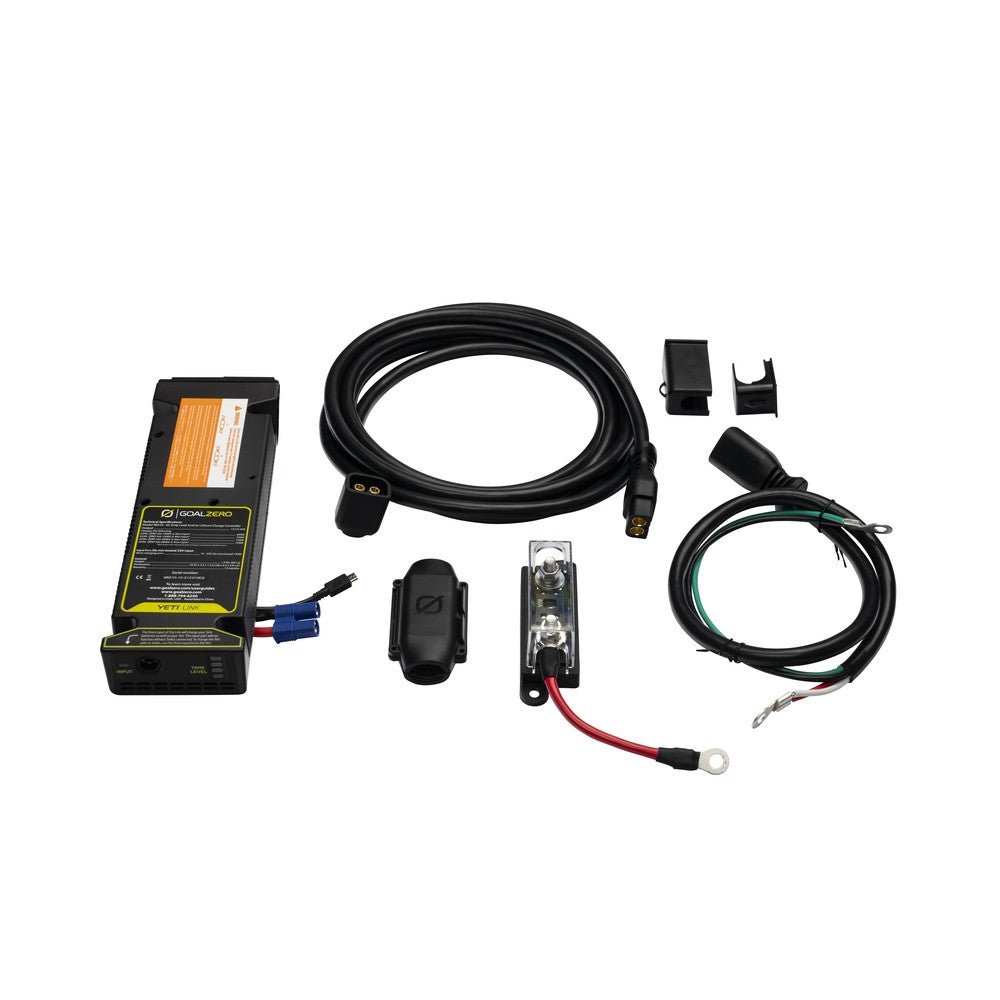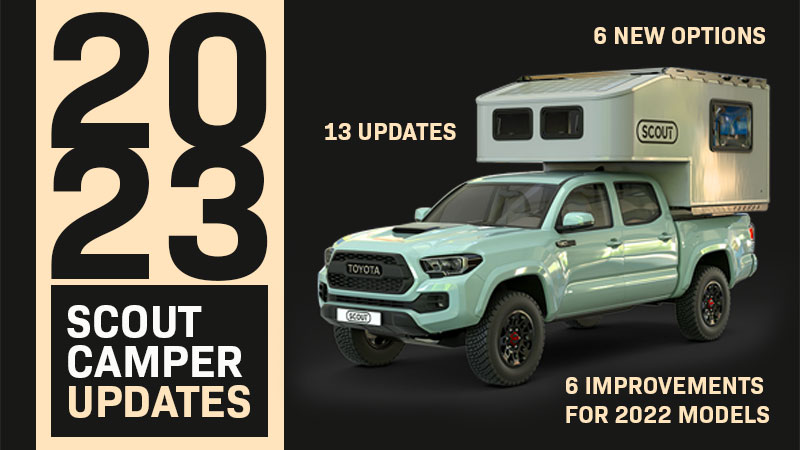I haven't but I've got the details on it and general installation.
So here's the thing, that charging module bolts right into the Yeti and supports like 65amps of charge. That's a lot of power coming in that it supports! Now Scout did wire in Yeti's 8guage power cable into the guts of the camper BUT that cable got recalled. You'd have to submit the recall to Yeti and then they'd send you a new cable kit and should send you a gift card of 150$ or something for installation. That cable they wired in, hooks into the 7-pin connector and that power line. That all sounds good BUT your trucks power line that runs all the way from the engine to the rear end 7pin...its light guage wire. So you'll only get like 100-150w of charging (roughly 10amps) due to the length an limited gauge and connections etc. That sucks. Also that 8awg wire that they sell is NOT thick enough to handle 65amps so I'd not use that in anyway.
So the proper setup is this: I haven't done this yet, but I've been in touch with the Electrical Engineers and techs at Scout and GoalZero. I'm not a pro and it's never bad to have a pro do some electrical work but here's the general idea.
So here's the thing, that charging module bolts right into the Yeti and supports like 65amps of charge. That's a lot of power coming in that it supports! Now Scout did wire in Yeti's 8guage power cable into the guts of the camper BUT that cable got recalled. You'd have to submit the recall to Yeti and then they'd send you a new cable kit and should send you a gift card of 150$ or something for installation. That cable they wired in, hooks into the 7-pin connector and that power line. That all sounds good BUT your trucks power line that runs all the way from the engine to the rear end 7pin...its light guage wire. So you'll only get like 100-150w of charging (roughly 10amps) due to the length an limited gauge and connections etc. That sucks. Also that 8awg wire that they sell is NOT thick enough to handle 65amps so I'd not use that in anyway.
So the proper setup is this: I haven't done this yet, but I've been in touch with the Electrical Engineers and techs at Scout and GoalZero. I'm not a pro and it's never bad to have a pro do some electrical work but here's the general idea.
- BUY: Get 4 or 6 gauge wire to run from the truck battery all the way to the GoalZero. You can get a custom length from these guys maybe (https://www.batterycablesusa.com/) with ring connectors for the truck battery and standard EC8 connector (high amp) on the battery end. Likely need around 20ft-25ft of cable. Also buy that charge controller (whatever they call it).
- This will support the 65amps (roughly 750w) without overheating, my EE buddies confirmed that. Its thick cable tho and likely not cheap.
- Put an 80amp fuse on the cable run near the battery. You can get one free if you warranty that stock EC8 cable in the Scout via GoalZero. The kit they send you includes the 80amp fuse.
- You'll run it connected to the battery directly through the engine to the side wheel well, along the cable runs on the side of the truck, through a whole in the bed and then into the camper port.
- You should get 550-650w (you'll lose some power over that 20ft+ run) which will DEFINITELY boost your GoalZero in an hours drive or two. Probably add 40% to the battery in an 1.5hrs-2hr drive (I think). That's substantial and could keep you going without solar on a longer trip using the battery a lot.
- You are connected to your battery directly but it'll only charge the GoalZero when the alternator is driving watts into it. The charge controller senses how much wattage is present and charges or not automatically. I think the charge controller has to be set in "Vehicle" mode and then charges when the sensed-voltage is above 14v (aka the alternators running) or something to that effect. This is similar to how a victron charger works.
has anyone installed the YETI LINK VEHICLE INTEGRATION KIT? or know if there is there a factory exterior outlet to make the connection?

Yeti Link Vehicle Integration Kit
short Contains everything you need to charge the Yeti 1000X or larger from your vehicle’s alternator. Simply switch the Yeti Link to “Car Mode” to start collecting power while on the move. NOTE: Requires installation by a qualified professional. features YETI LINK VEHICLE INTEGRATION Off-road...www.goalzero.com
also, anyone add a YETI TANK EXPANSION BATTERY yet?

Yeti Accessories
Roll carts, replacement batteries, expansion systems, solar charging optimization modules, and more. Everything you need to make your Goal Zero Yeti charging experience even better.www.goalzero.com
Last edited:

